Naval Group agreement for local quotas on Attack submarines
French company Naval Group agrees to 60 per cent spending in Australia during the $90bn Attack-class submarine project.

The Morrison government and French submarine company Naval Group have reached an agreement in principle guaranteeing 60 per cent spending in Australia during the life of the $90bn construction of 12 Attack-class submarines.
The breakthrough came during the three-week visit of Pierre-Eric Pommellet, global chairman and CEO of the company, who left Australia on Sunday night.
“We are committed to 60 per cent (spent in Australia) as a minimum on the project,” he said. “That is my commitment as CEO of the company and it is the commitment of Naval Group.”
He was upbeat about the signing of a formal contract enshrining the 60 per cent figure.
“We are getting close,” he said. “We’ve made very good progress.”
Other sources said an in-principle agreement had been reached, and was to be reviewed by lawyers before ministerial sign-off.
The agreement addresses the chief worry that previously the only point at which Naval Group would face legal and financial responsibility for the 60 per cent figure would be at the end of the construction of the 12 submarines.
Under the new in-principle agreement, Australian content will be agreed for each stage of work. If the Australian content falls below the agreed band in any phase, Naval Group would be liable for penalties. If the level of Australian work is higher than the agreed band, it would qualify for incentives.
Australian content cannot start at 60 per cent because it will take years to gear up local industry, but Australian content will be substantial from the first phase, and will grow as a proportion of the project over the course of the construction. It will be continuously monitored and be part of a legal commitment by Naval Group. Defence Minister Linda Reynolds has had a continuous dialogue with her French counterpart, Florence Parly, on this and stressed the importance the Australian government places on the 60 per cent spend.
It is believed Scott Morrison also discusses the submarine project in his regular phone conversations with France’s President, Emmanuel Macron.
Mr Pommellet’s visit was the circuit breaker needed to move beyond the increasing frustration Australian government ministers had expressed that they had not previously been able to finalise a contractual commitment.

Mr Pommellet did not see the Prime Minister during his time here, nor Senator Reynolds, who was in hospital on the day of a scheduled meeting. He did see Acting Defence Minister Marise Payne, Finance Minister Simon Birmingham, Defence Industry Minister Melissa Price, new Assistant Defence Minister Andrew Hastie and the senior leadership of the Defence Department and the Australian military. He also met many company leaders and defence suppliers
He said Australia was now “strongly pulling” Naval Group and transforming its nature.
“We will become a Franco/Australian company,” he said. “I mean that Australia is not an international operation like others. What we are doing here is unique.
“We will have two countries of sovereignty, France and Australia, and we will have other countries of operation.”
He said that the submarine to be built in Australia would be the most advanced and powerful conventional sub in the world. Naval Group is a unique, state of-the-art submarine builder: “We are a manufacturer of both nuclear and conventional submarines,” he said. “We are designing the most capable conventional submarine in the world for Australia. Simultaneously, we will be building the most advanced conventional submarines in the world here in Australia and the latest generation of nuclear submarines in France.”
Mr Pommellet said Naval Group already had 284 employees in Australia and that this workforce would double by the end of the year: “We will (eventually) have 1700 people at Naval Group and work with hundreds of Australian companies and this will create thousands of jobs.”
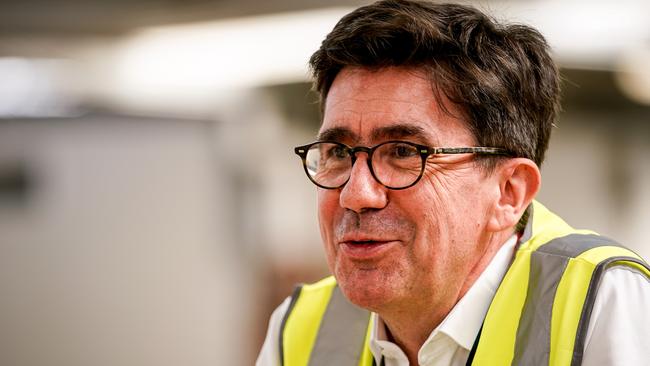
He nominated the submarine’s propulsion system, and its electronic systems, as areas where he would expect there to be strong Australian industry participation.
He said that Naval Group was not responsible for any increase in costs in the program and that it had submitted bids in line with its earlier forecasts. He pointed out that Naval Group was only one part of the submarine process: “We have a very big partner in the Americans (who are furnishing the submarines’ combat system) and we have a very big partner in the Australians.”
Construction of the first hull for the first submarine is scheduled to start in 2023 and Mr Pommellet believes the first sub can be in the water and operating by 2034 as per schedule.
However, he asked Australians to understand the difference in context between Australia and Europe over the past 12 months: “Australia is a fantastic country and it has managed COVID so well. Here we are in a kind of normal world. Europe has not been a normal world in 2020.”
In particular the virus had prevented travelling between France and Australia and interrupted many of the face-to-face consultations which such an intimate industrial alliance requires.
The Australian submarine, he said, “comes from the design of the Barracuda, which is an incredible silent sub”. Submarines can enter hostile environments in stealth, he said, not only for purposes of combat but for intelligence and reconnaissance.


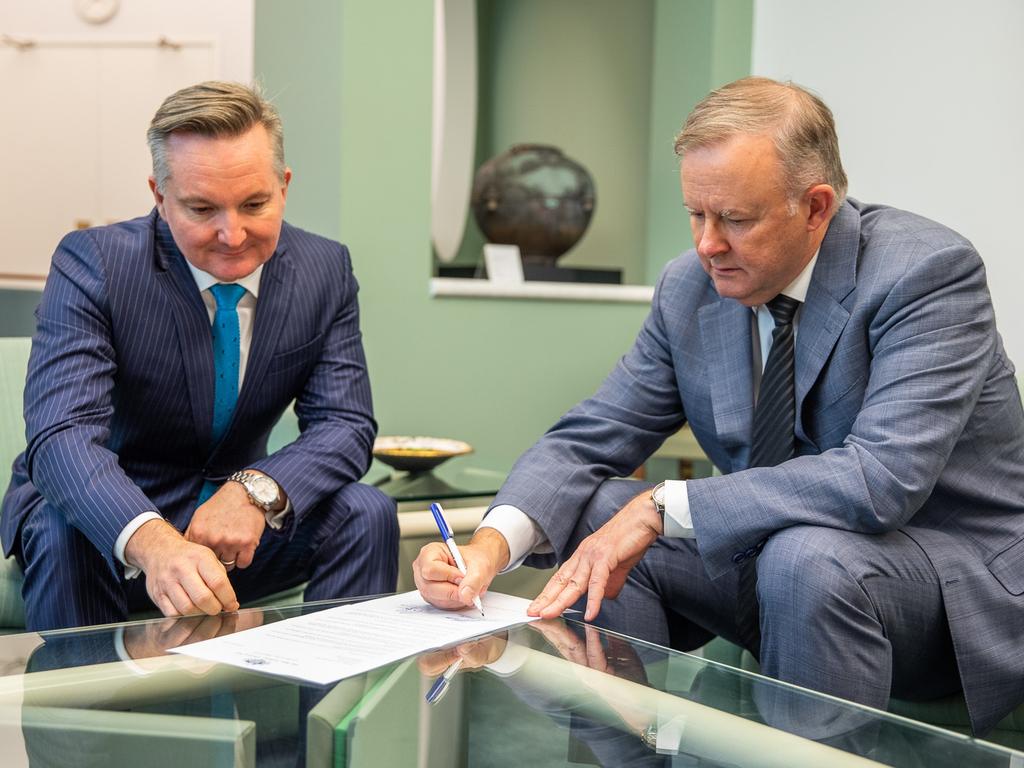
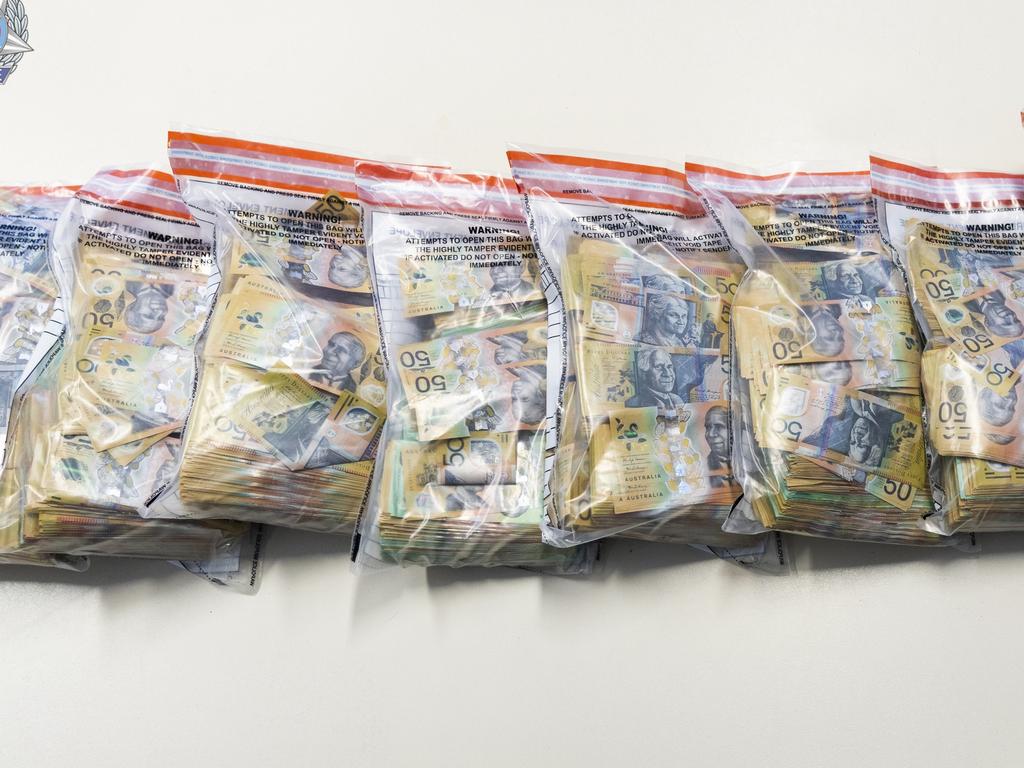
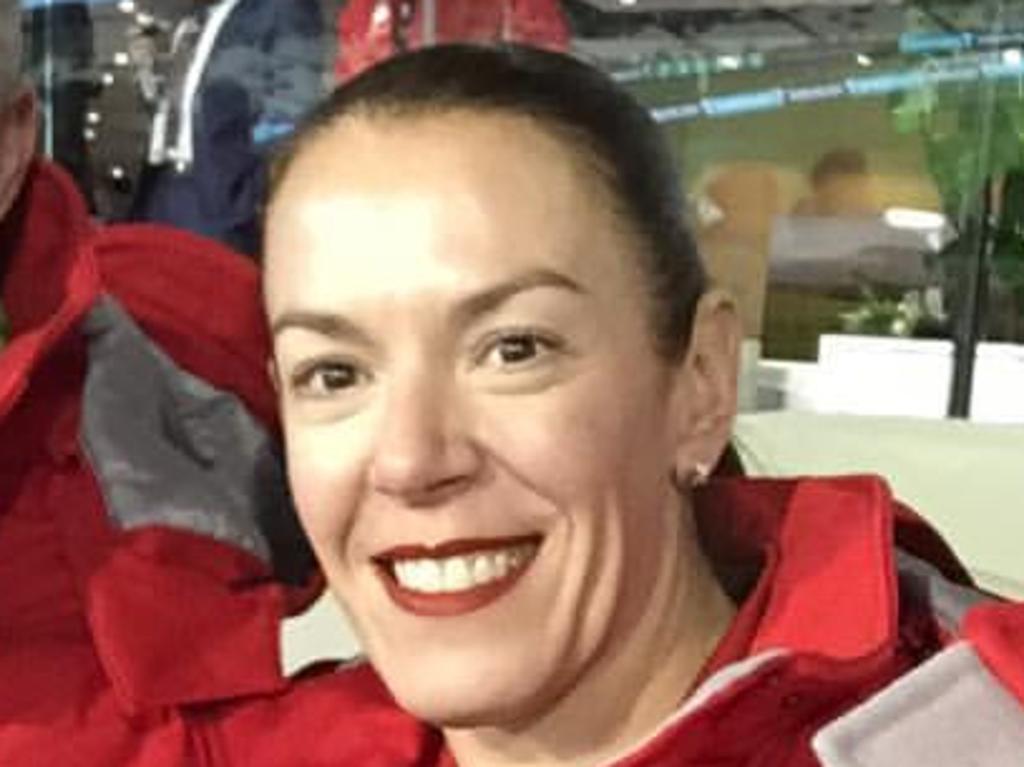

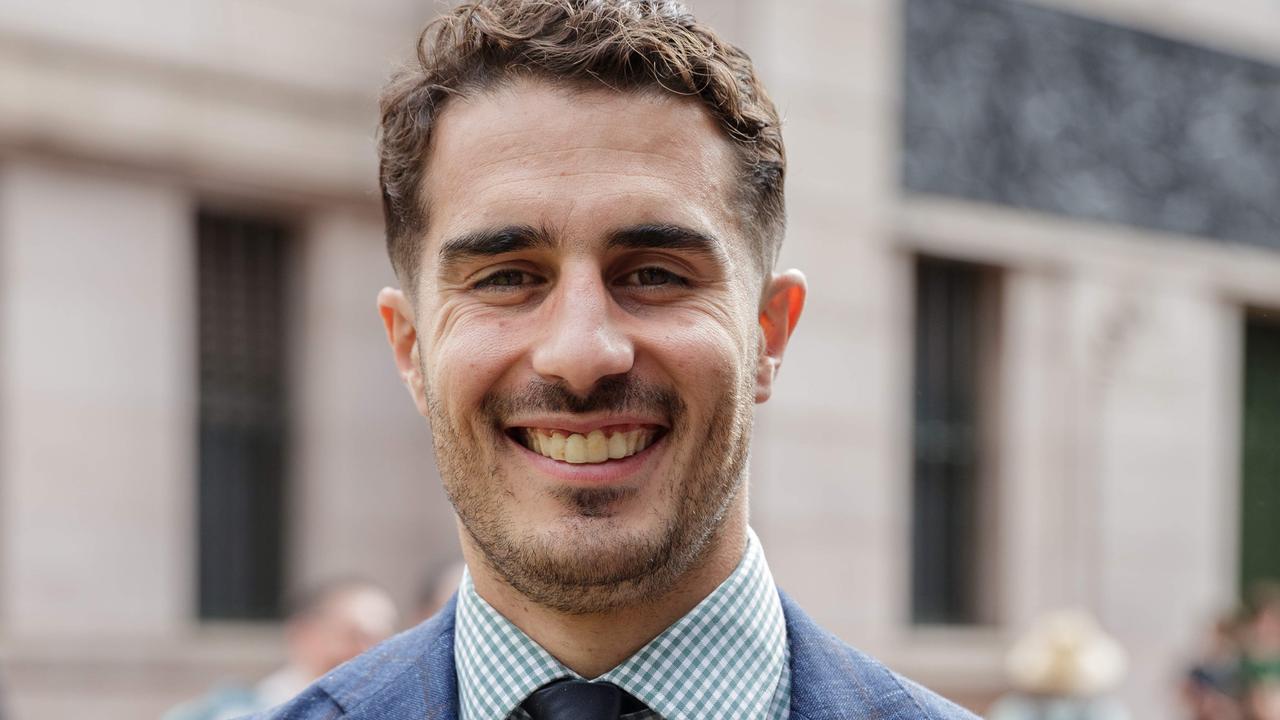
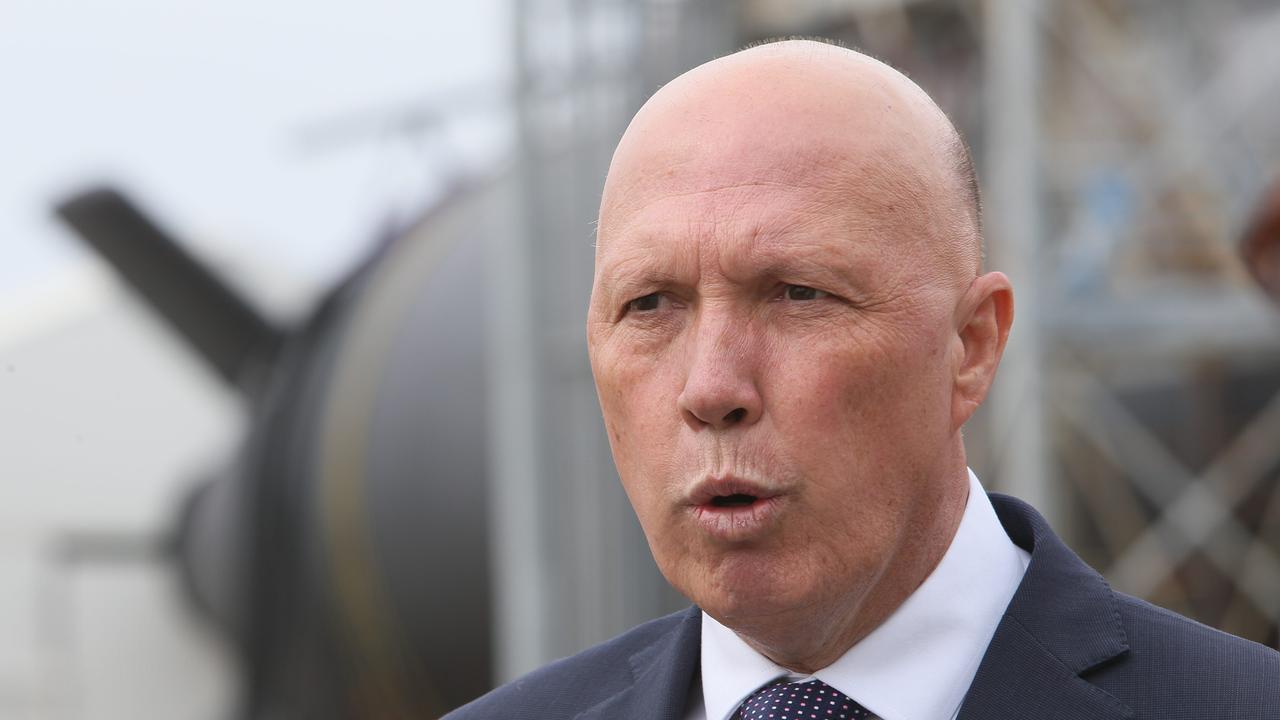
To join the conversation, please log in. Don't have an account? Register
Join the conversation, you are commenting as Logout